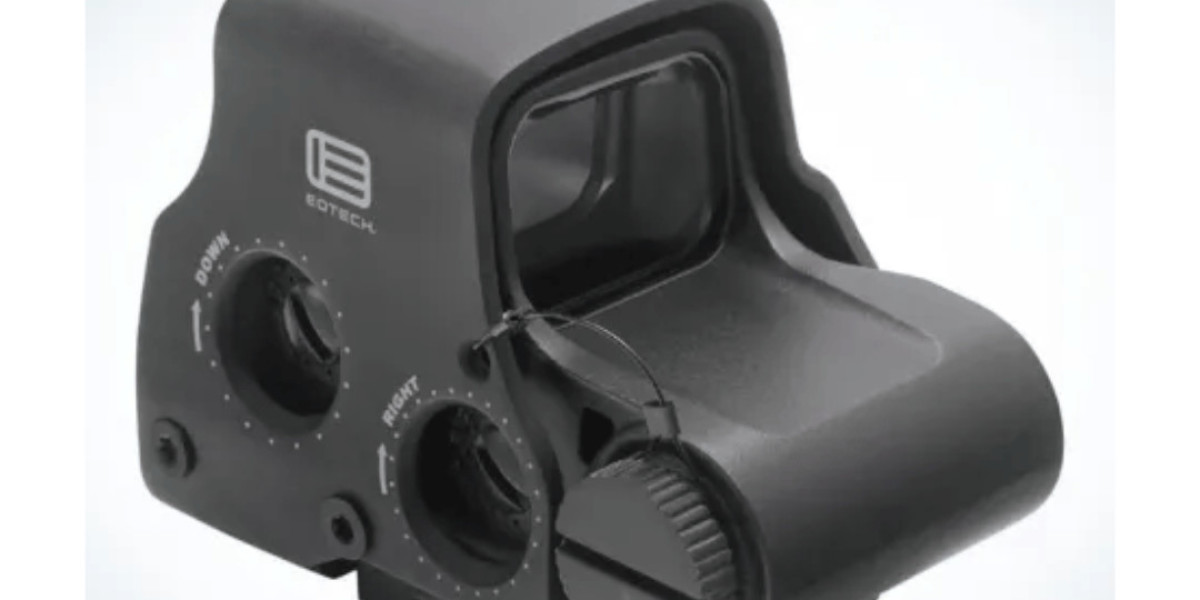If you’re someone who values speed, accuracy, and precision while shooting, using a holographic sight can make a big difference. Whether you’re in law enforcement, a competitive shooter, or enjoy hunting, this advanced aiming system allows for fast target acquisition with both eyes open, giving you a clear advantage in dynamic environments.
Unlike traditional iron sights or even basic red dot sights, a holographic sight uses laser technology to project a reticle (the aiming point) onto a viewing screen. This allows you to focus on both the target and the reticle at the same time, improving speed and reducing eye strain.
What Is a Holographic Sight?
A holographic sight is a type of advanced optic used on rifles and other firearms. It features a laser-generated hologram of a reticle that appears in the shooter's field of vision. Unlike red dot sights that use reflected LED lights, holographic sights provide a more stable, precise image even when the shooter's eye is not perfectly aligned with the sight.
Key features include:
Laser projection reticle
Fast target acquisition
Wide field of view
Reliable performance in low-light and high-movement situations
This makes them ideal for tactical operations, close-quarter combat, and shooting competitions.
Advantages of Using a Holographic Sight
There are several reasons why holographic sights have become popular among professionals and firearm enthusiasts:
Faster Aiming: The sight allows quick target acquisition, even in motion.
Accuracy: It maintains precision at both short and medium distances.
Use With Both Eyes Open: You can maintain full situational awareness.
Low Parallax Error: The aiming point stays consistent even if your head moves.
Works in Harsh Conditions: Many holographic sights are shockproof and waterproof.
When compared to other optics, holographic sights offer a clearer, more accurate experience—especially for moving targets or sudden aiming shifts.
When Should You Use a Holographic Sight?
The holographic sight is a great choice in the following situations:
Tactical Shooting: For military or law enforcement scenarios requiring quick reaction times.
Hunting: Especially useful for fast-moving animals in brush or wooded areas.
Home Defense: Quick target acquisition can be critical in stressful environments.
Sport Shooting: Great for competitions that require rapid aiming and accuracy.
Whether you're using a shotgun, rifle, or carbine, holographic sights can help improve performance across many types of firearms.
How to Choose the Right Holographic Sight
When shopping for a holographic sight, consider:
Build Quality: Look for sights made from durable, waterproof materials.
Battery Life: Some models offer extended power options with auto-off features.
Reticle Type: Choose a reticle that’s easy to see in different lighting conditions.
Mounting Compatibility: Make sure it fits your firearm rail system (e.g., Picatinny).
Price can vary, but higher-end models often come with better optics, enhanced durability, and longer warranty periods.
Conclusion
If you’re looking to improve your shooting skills with modern optical gear, a holographic sight is a smart investment. It helps you shoot faster, aim more accurately, and stay aware of your surroundings—all of which are important in high-pressure environments.
With easy setup and use, holographic sights are now more accessible than ever for both professionals and enthusiasts. Whether you’re out hunting or practicing at the range, the right holographic sight will help you shoot with greater confidence and precision.













